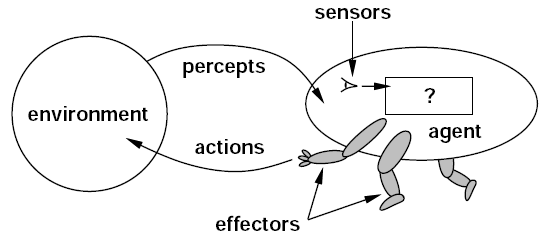Games Design year 2 ~ Assessment week
The game I have chosen first is The last of us. It is a game that is only out on the PS3 and I think it is VERY heavily based on the story. The story is about the coming apocalypse, A man who has to travel across the country to find the "fireflies" who are an anti-government military group. He finds someone along the way who hands over a young girl, who is infected but still conscious in her own body. She then has to travel with the man to the fireflies. They end up looking after each other and creating a strong relationship between the both of them. The main characters are Joel, The character introduced at the start of the game and Ellie, She is the girl that you have to escort. The central character of this game, I think, would be Ellie, because she is the reason you have to trek around the country. There is a very big twist in this story, I think it is anyway, when I was playing it I felt rather heartbroken to be watching it. Joel, the one who you think is all tough and can't be hurt falls on a spike, so Ellie, who is only 14, has to look after him. At first I thought he was dead because it swaps characters and you play as Ellie. I think that The Last Of Us is very believable, I believe that one day SOMETHING like that will happen. It might not be the same, I don't believe in zombies but I do think somehow most life will be wiped out and we would have to start all over again. The thing that is so memorable to me about this story is that Joel ends up taking a liking to Ellie, because at first he isn't so sure and then they create this bond and end up helping out each other.
The second game that I think has a good storyline is Ocarina of time, or most Zelda games for that matter. The basic story is that there is a young boy who lives in a little village and gets called to save the princess Zelda (hence, the legend of ZELDA) So then the character sets off to save her completing levels, little quests and so on. The main characters, I think, are Link and Navi. (Navi is the little fairy.) You don't really see much of Zelda or Ganon or anyone else really. the central focus of the mission is to bring Hyrule back to it's natural state and not some dark, gloomy wasteland that everybody hates. I wouldn't say there are any twists in this story, because most of the Zelda games are the same so you kind of expect what's going to happen next. Obviously because it is Zelda, I do not believe it, a 10 year old boy could not go out and save a princess all by himself with a fairy to help him and a giant talking tree with little angry plants inside him. If I was a designer, I would maybe like to add a little bit extra and maybe have the character choose different paths that would alter the story somehow, not much but atleast a bit so then it's not all the same. The very first level is the most memorable to me because I used to play it over and over again because I didn't know how to save the game. But the bit in the story would be when Link first meets Zelda, because he looks so happy to see her and she just giggles at him.
The very last game I want to talk about is Fallout 3. This is my all-time favourite game at the moment because of the story. When the player character's father disappears under mysterious circumstances, the Overseer (or the leader of the vault) initiates martial law, and sends security forces after the player, who is forced to escape from the Vault and journey into the ruins of Washington, D.C. to track him down. Along the way the player is assisted by a number of human survivors and must battle a myriad of enemies that inhabit the area now known as the "Capital Wasteland". The main characters are the First person character, The overseer and the dad I would expect, but soon after the game starts, a plot twist I did not enjoy, not one bit. Again, like I said with the last of us, I think that this is believable because one day something like this might happen. I think the story in fallout is more realistic though. The most memorable bit in the story is the start where you have to take the "GOAT" exam. I thought it was really funny that it was called a goat. I don't think I would improve the story, I think it is a really good concept for a game.



